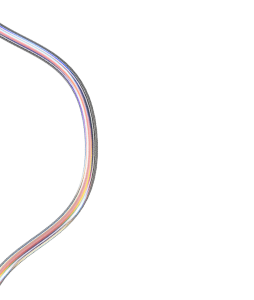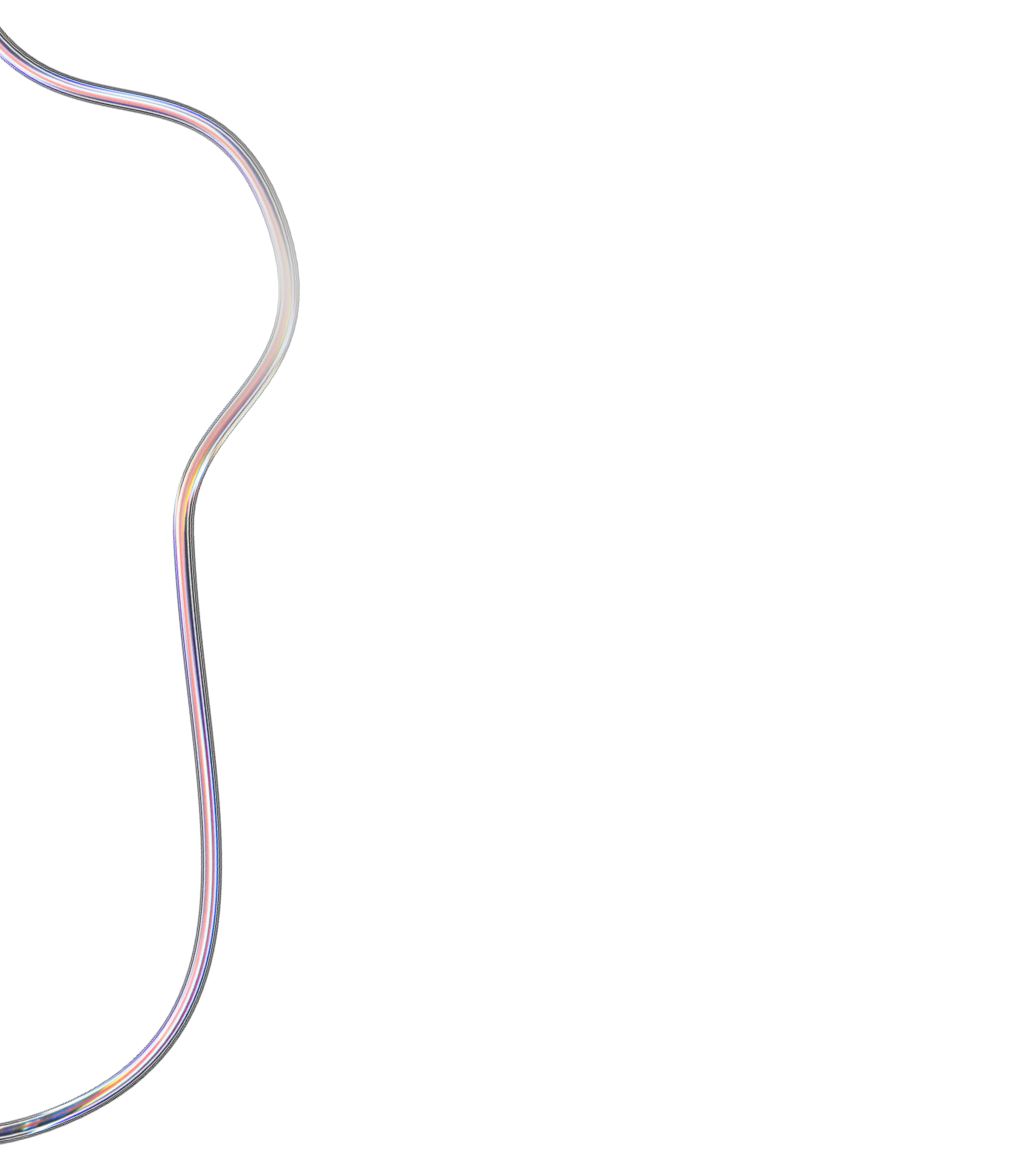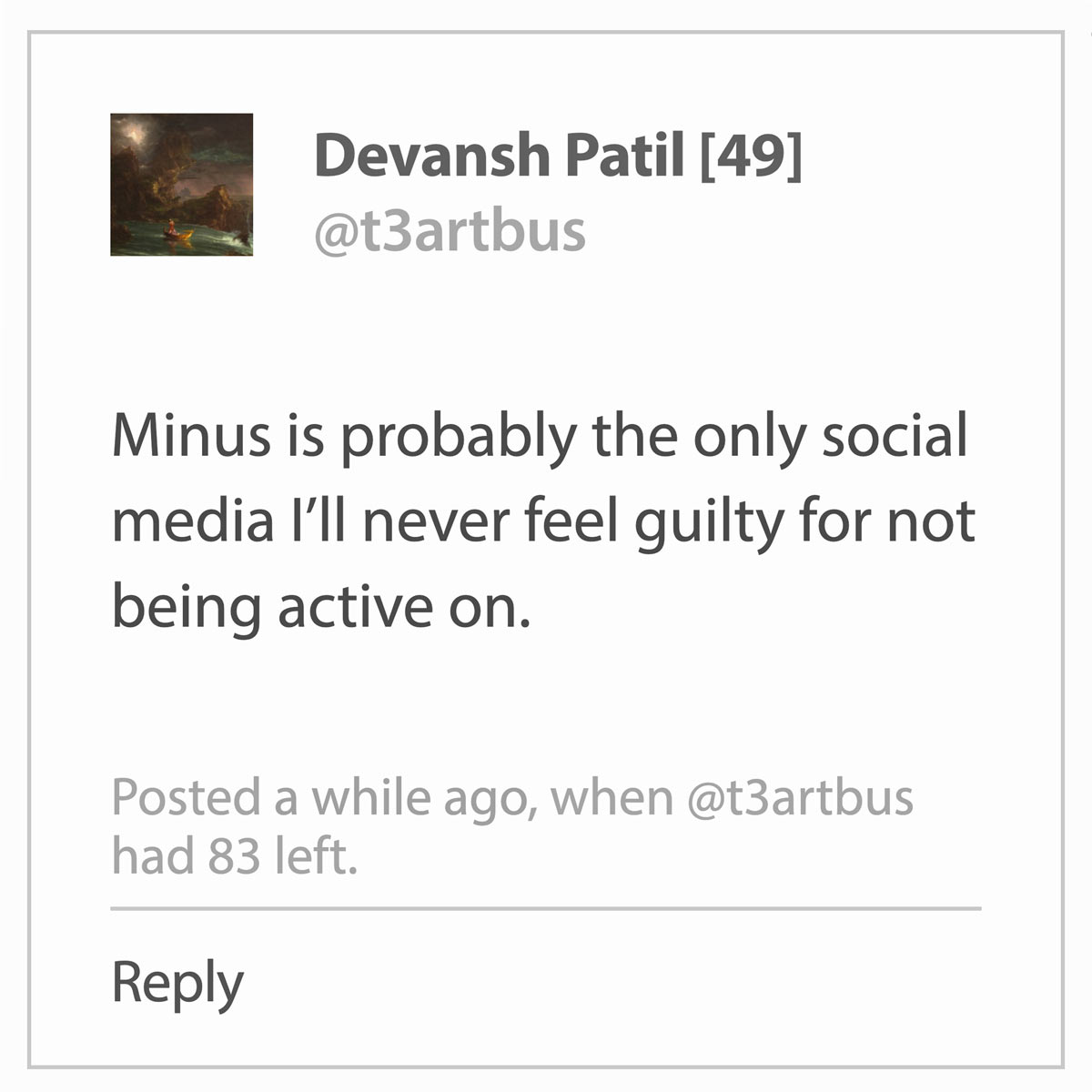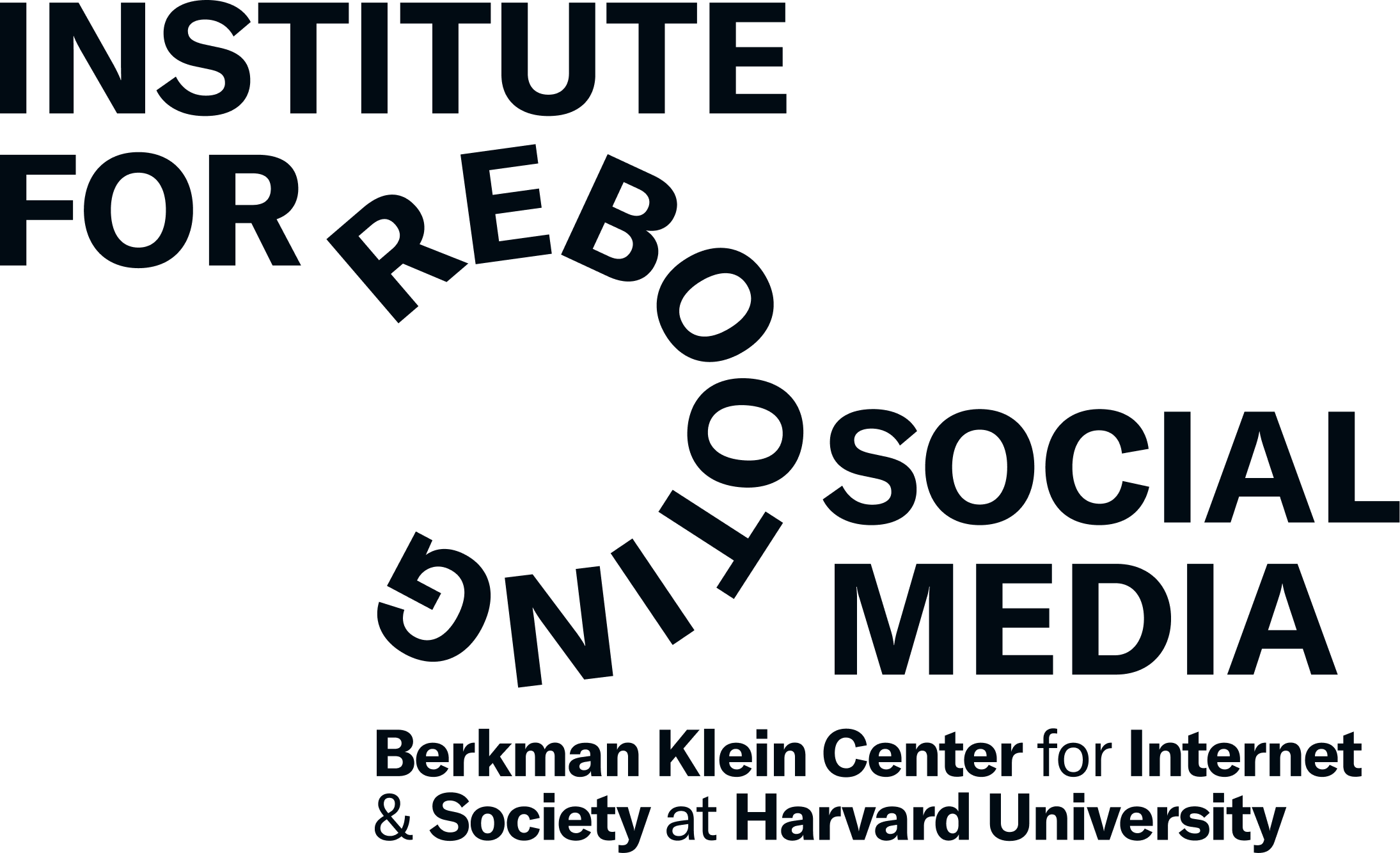


Minus: Radically Finite Social Media and Alternative Futures
Assembly Fellow Ben Grosser shares insights from his analysis of Minus, a finite social media platform he built to demonstrate a different kind of social media.
Despite promises to “bring the world closer together,” today’s big social platforms have, in many ways, torn us apart. Rather than centering deep communication and connection, their profit-motivated engagement-inducing designs have damaged mental health, privacy, and democracy, and emboldened authoritarianism, racism, and disinformation. But what if social media wasn’t engineered, first and foremost, to serve the corporate need for endless growth? How might online collective communication be different if our time and attention were treated as the limited and precious resources that they are? Where might society—and our planet—be if capitalism’s drive for more more more wasn’t the foundation underlying such essential human infrastructure?
Minus is an experiment to ask these questions, a finite social network where users get only 100 posts—for life. Rather than the algorithmic feeds, visible “like” counts, noisy notifications, and infinite scrolls employed by big platforms to induce endless user engagement, Minus limits how much one posts to the feed, and foregrounds—as its only visible and dwindling metric—how few opportunities they have left. Instead of preying on our needs for communication and connection in order to transform them into desires for speed and accumulation, Minus offers an opportunity to reimagine what it means to be connected in the contemporary age.

Commissioned by arebyte Gallery in London for my 2021 solo exhibition Software for Less—and active ever since—Minus facilitates conversation within a subtractive frame that eschews noise and frenzy for a quieter and slower setting that foregrounds human voices, words, and temporalities. Though it may be disorienting at first to navigate an online social space devoid of the signals and patterns big platforms use to always push for more, Minus invites us to see what digital interaction feels like when a social media platform is designed for less.
My time during the RSM fellowship was focused on this central question: what kinds of cultures emerge on a platform that foregrounds the finite, and how do they differ from those that frame themselves—and their users—as infinite? To answer this, I analyzed Minus’ 18-month history, deep reading about half its threads and categorizing them within common topics.
Minus posts are playful, poetic, and often heartfelt and genuine—sometimes intensely so. Its users are reflective and analytical. The feed is multilingual (I’ve counted 15 languages so far). And, perhaps not unexpectedly, users often focus on the site’s central constraint of 100 posts. Many start off thinking that number is too small, but eventually come to realize that writing 100 posts can be more daunting than expected.
Minus sparks reflections on and discussions about life, time, death, and purpose. Play is pervasive, with users crafting text-based interaction games, posting glitch (e.g., creepypasta), or mimicking the language of the interface. Poetry is one of the most common themes: original poetry (sometimes in a serial fashion of 100 poems over time), quoted poems, and poetic quotes. Poems are sometimes replied to in extended threads by response poetry: poems or poetic lines written in the moment instigated by the original poetry post. Finally, many take time in their posts to be analytical: about how it feels to be on a different kind of platform, why it’s different from where they came from, and what it makes them think about social media more broadly.
Though my analysis is still in progress, I’ve developed some preliminary arguments based on what I’ve seen so far:
User activity on a social platform reflects the values embedded in that platform’s structure and presented by its interface
Infinite social media that centers endless growth gets users focused on growth themselves. Their decisions about what to say and how to say it become driven by a received and internalized desire for more (more likes, follows, etc). Whereas finite social media that centers constraint gets users focused on time, life, play. On Minus there’s more poetry than politics, its users philosophize instead of polarize. There’s almost never trolling or hate speech or most of the other toxic behaviors we see on infinite platforms.
Novel constraints lead to novel conversation
While infinite platforms get users thinking in numbers (likes, follows, retweets, etc), Minus gets them thinking and talking about numbers. They joke about them, play with them, critique them, or worry about whether what they’re going to post is worth posting because they only have so many opportunities left. Numbers are no longer a target—instead they’re a subject, a way of thinking about what online social is and what the role of numbers has been and could be.
The more a platform tries to engage all senses, the less it leaves to the imagination. Minus is text- and emoji-only, and so, rather than post other media, users quote song lyrics, describe photos, name memes, and make images out of ascii or emoji. The constraints become generative. It’s worth noting that many of the infinite platforms started out with their own versions of this. Facebook was text, Twitter was text, Instagram was photos. But over time they all add and add and add until they’re super noisy, leaving nothing to the imagination. Even Instagram’s new “text-based” platform Threads released with support for not just text but also image and video and other formats to come.
Alternative platforms get people imagining new alternative platforms
Coming to Minus leads users to think about the platform they came from, often with a fresh critical perspective. But even more importantly, it gets them thinking about and imagining radical alternatives themselves. A primary topic on Minus is not only how it’s different from the big social status quo, but how new imagined social platforms could be different in other ways. Here’s a sample of short platform ideas I’ve found in Minus posts:
- 100 minutes and out
- Post 1 gets 1000 characters, post 100 gets 0, linear decline
- Feed access limited once/day
- Feed content changes based on microlocation
- Subgroups max at 256 users, membership rotates every month
These ideas and Minus’ inspiration for them is part of what led me to design and run a workshop at Berkman Klein last March called Imagining Alternative Social Media Designs. This hybrid event brought together artists, designers, developers, academics, and others from across the globe for some collective thinking about how we could do this social media thing differently.

We need more strange, radical, alternative platform experiments—because strange platform experiments help us find where the lines are between induced engagement and desired online interaction. My broad argument is that we need to stop structuring social media around ideas of the infinite and instead focus on the finite. But what’s most important is that those of us outside the big profit-driven corporations begin to (re)imagine what it means to be social online, to design and build prototypes, and to share them with the world so that we can all imagine radically alternative social media futures.





































